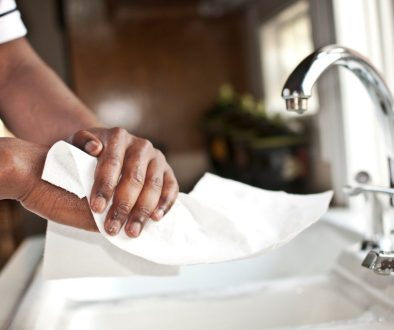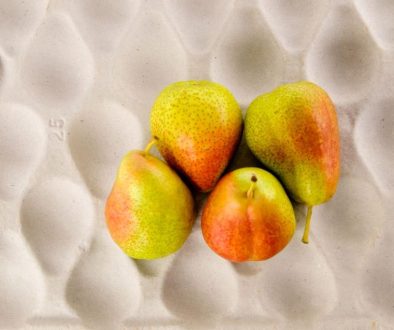Why we should be recycling our paper
Paper recycling rates in South Africa increased to nearly 60% in 2011. This equates to the annual recovery of over a million tonnes of paper. Despite increased awareness, large amounts of recoverable paper and board packaging are still unnecessarily dumped in landfill sites.
“Sadly only 5% of homes actively recycle their paper and board,” says Paper Recycling Association of South Africa (RecyclePaperZA) operations director Ursula Henneberry.
National Recycling Day on Friday, 14 September, is the perfect opportunity for South Africans to take a more active role in recycling, in the home and at the workplace.
The simplest way to green our future
Paper, one of the most environmentally friendly and sustainable products, is made from farmed trees, just as your morning cereal was made from farmed wheat or corn. Plantation trees help to absorb carbon dioxide from and release life-giving oxygen into the atmosphere.
Trees, and thus paper and wood products, store this carbon as solid matter. By recycling paper, we can ensure that this carbon is kept out of the atmosphere for longer. Paper recycling is one of the simplest ways that we can green our future.
“If we do not recycle, paper will rot among other rubbish and emit greenhouse gases such as carbon dioxide and methane, which is 20 times more potent than carbon dioxide,” says Henneberry.
A tonne of recycled paper can save up to three cubic metres of landfill space and subsequently reduce transport costs for local municipalities.
By recycling paper, milk and juice cartons, glass, aluminium and plastic, we contribute to less pollution and litter, and create a healthier, greener and cleaner society.
Top tips for aspiring recyclers
- Do your research and find out which companies collect paper in your area. Visit www.mywaste.co.za for these details.
- Do not mix your paper with other recyclables.
- Do not let your paper get wet or soiled by other rubbish. Keep it under cover or in a closed plastic container.
- Get to know what is recyclable and what is not. The following paper types cannot be recycled:
– Foil gift wrapping and foiled lined boxes
– Wax coated or laminated boxes such as frozen food boxes
– Empty cement and dog food bags
– Disposable nappies
– Carbon paper
– Sticky notes
- Remember that juice, milk and custard cartons ARE recyclable. Simply rinse, flatten and place with your paper recycling.
- Newspapers are best recycled within three months.
- If you don’t have a formal recycling collection service or drop-off depot in your neighbourhood, consider putting your recyclables in clear plastic bags so that the people who sort through the piles of refuse on collection day are afforded some dignity by not having to trawl through your week’s household waste.
Give paper a new lease on life
Paper can be recycled up to seven times. Some virgin or new wood fibre is required to make recycled paper possible in the first place and is always needed to keep the global fibre cycle going. But have you ever wondered where recyclable paper goes or what it becomes?
- Corrugated boxes and magazines = new corrugated boxes
- Newspapers, magazines = newspapers
- Office paper, newspapers, printer offcuts = tissue products, kitchen and industrial paper towelling
- Office paper, corrugated boxes, printer offcuts, cardboard trims = cereal boxes, soap cartons
- Newspaper, cardboard trims = moulded paper products such as egg boxes.
- Milk and juice cartons = board paper.
Next time you open your grocery cupboard or medicine cabinet, think about the role that paper plays in your life in its various and versatile forms.



